Cape Town’s population has more than doubled since 1990, while its racial demographics have changed drastically. How did it happen?
- By Gerald Garner
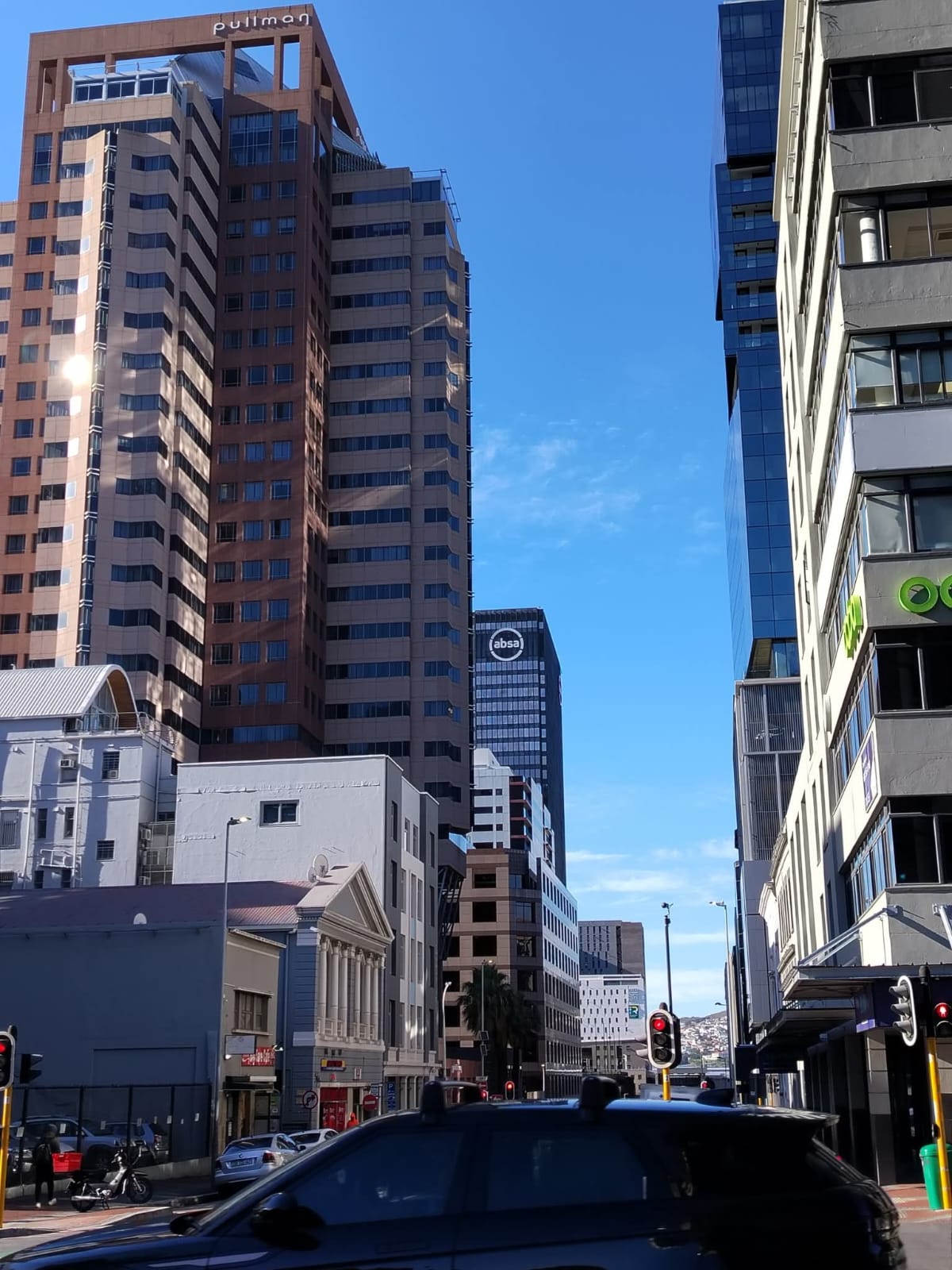
The growth and development of Cape Town during the last 35 years is fascinating. Glancing back to the city of 1990, when Apartheid crumbled and Nelson Mandela walked out of jail, Cape Town had a population of around 2,2-million. In the previous decade (1980s), it increased by 600 000 people. Although an important political city as it housed parliament, and economically significant in terms of its major port, it was not a major manufacturing or mining hub. The textile industry was the lone major manufacturer in Cape Town, with the industrial economy of South Africa centered in Johannesburg.
During the 1980s, the then President PW Botha lifted the influx control laws, the remnants of the passbook system, which dictated that black people needed a permit and a job in order to live in a city in ‘white’ South Africa. And then they had to live in a group area, known as a township. With all South Africans gaining freedom of movement, hundreds of thousands streamed to cities, looking for jobs and a better future. However, with sanctions against the apartheid government tanking the economy, the multitudes failed to find jobs. It was in that time that Khayelitsha, still under development, saw major influx and the rise of thousands of informal shacks without adequate infrastructure. A situation that has still not been solved properly today.
In 1990, about half of the population (1,1-million) was coloured and many of them were moved out of the Peninsula and onto the Cape Flats during the Group Areas Act forced removals between 1968 and 1980. About a quarter of the population was white (550 000), 20% black (440 000) and the balance of 5% Asian/Indian/other.
Quick changes in the city’s demographics ensued in the early 1990s as the uncertain negotiations towards democracy started. The white population decreased by 8% in those four years to 506 000, mostly due to emigration. The black population increased by 36% or 158 000 people to 598 000 and the coloured population remained mostly the same (50% or 1,15-million).
Although Cape Town and South Africa saw good economic growth in the first 10 years of democracy, a watershed time came between 2005 and 2009. This not only included the World Financial Crisis (2008), but also the collapse of local textile industry (2005). The latter caused by the lifting of trade tariffs in 1995 when South African joined the World Trade Organisation. Without tariffs to protect textile manufacturers from cheap imports, they failed en masse. No wonder that the City Council and the Provincial Government changed politically from the ANC to the DA in that time!
Since then, the city and the province have found new ways to position the region to become a major investment attraction for fintech, IT, AI, hospitality, tourism, renewable energy, food processing and agriculture, as well as many related service industries. This has resulted in major population growth with hundreds of thousands of people moving here.
By 2025, Cape Town’s population is estimated to be 5,1-million. This is more than double the population of 1994. The demographic composition has also changed significantly:
– 42,4% (2,16-million is coloured (nearly double from 1994)
– 38,6% (1,97-million) is black (an 130% increase since 1994)
– 15,7% (800 700) is white (a 58% increase since 1994)
– 3,3% is Asian/Indian.
Of course, with Cape Town’s population of such mixed heritage – from all over South Africa, Africa, the Indian Ocean nations and the world, these apartheid-era racial classifications are probably somewhat ironic and inaccurate. Yet, it provides a glimpse into the societal changes around us.
What is obvious is that Cape Town has a more diverse population today than in 1990. And that is still expecting significant population growth in the years ahead. This creates exciting opportunities and significant challenges for the future development of Cape Town. How can the city go about to establish a better-functioning, more effective and more integrated city in the years to come?
We will delve into the answers in a next post.
- Gerald Garner is the founder of LocalPlaces, a storytelling, public speaking and tourism initiative that also acts as a thinktank questioning how South Africa’s biggest cities can be made better. Gerald is based in Cape Town and works with Charlie Moyo in Johannesburg. They share the history of South Africa and its cities with guests every day. They delve into the past to understand contemporary society and to reimagine a better future for South Africa and its cities.
- The statistics quoted are indicative and not necessarily 100% correct. I based these on various reports and public documents, as well as AI searches. It is important to keep in mind that the boundaries of the city council changed significantly between 1990 and 1999 when various separate municipalities were amalgamated and incorporated into the metropolitan City of Cape Town. One can safely assume that the population numbers of 1990 and 1994 were probably higher but not reflected accurately as they were counted under different municipalities.
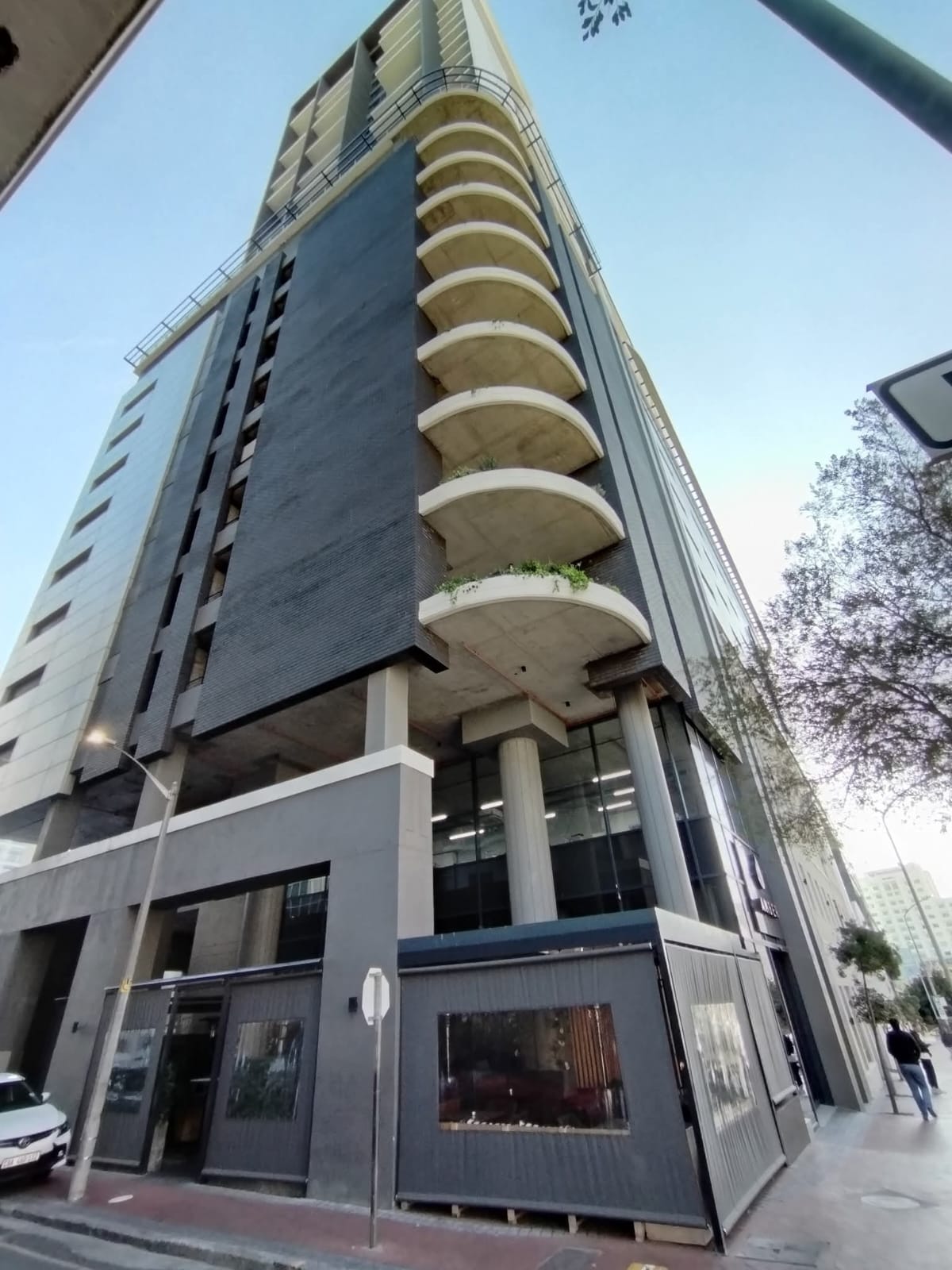
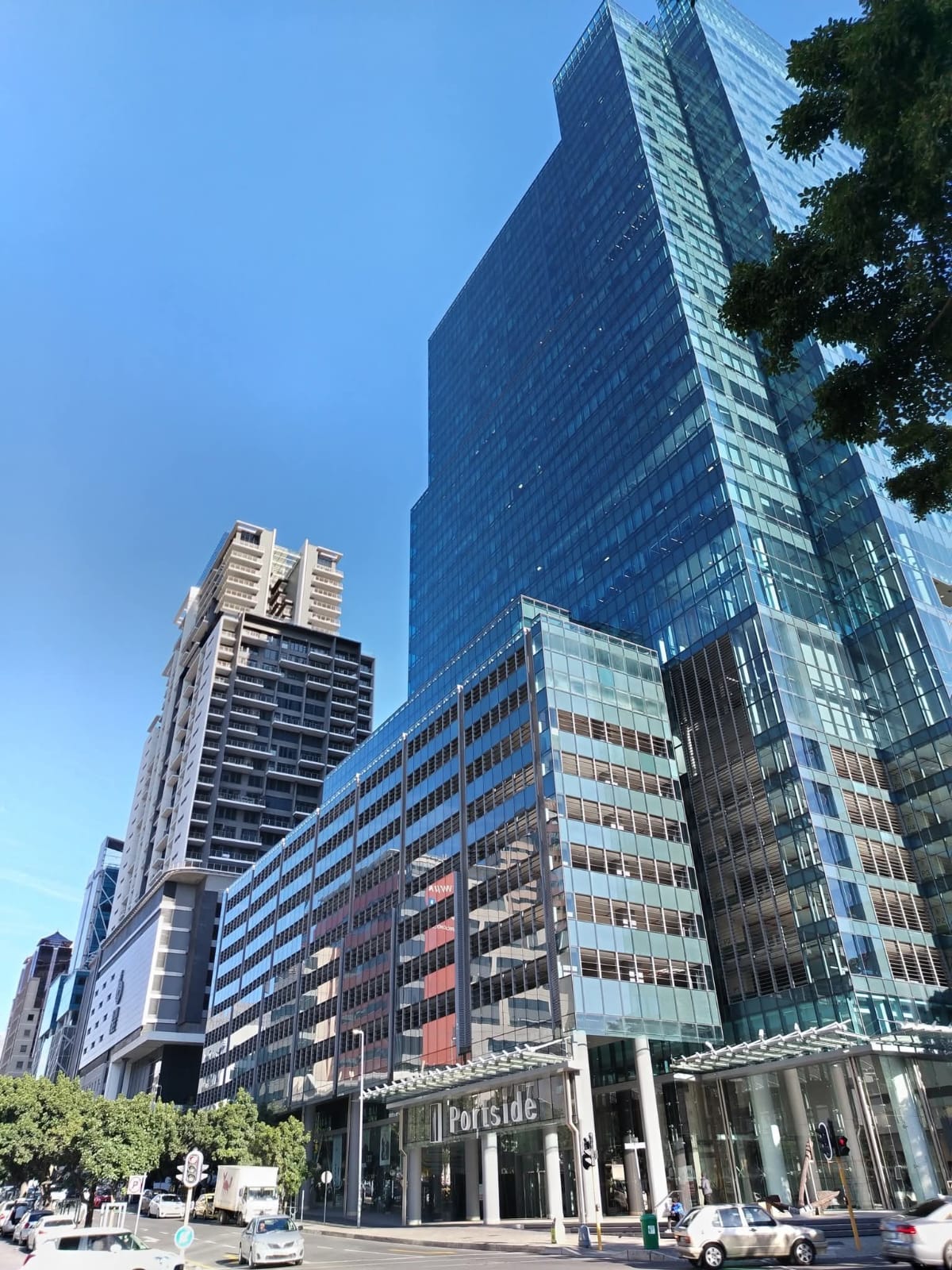
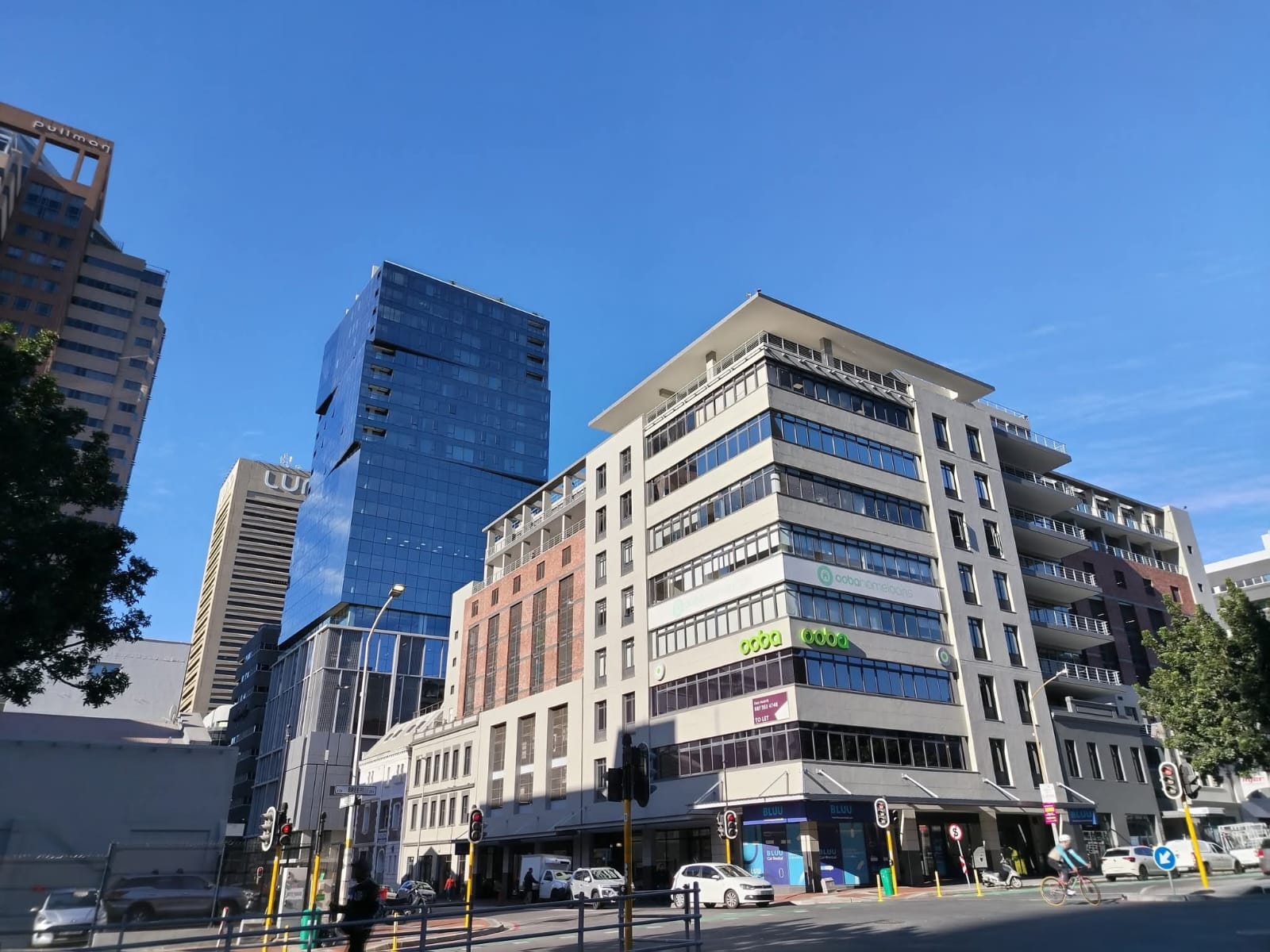
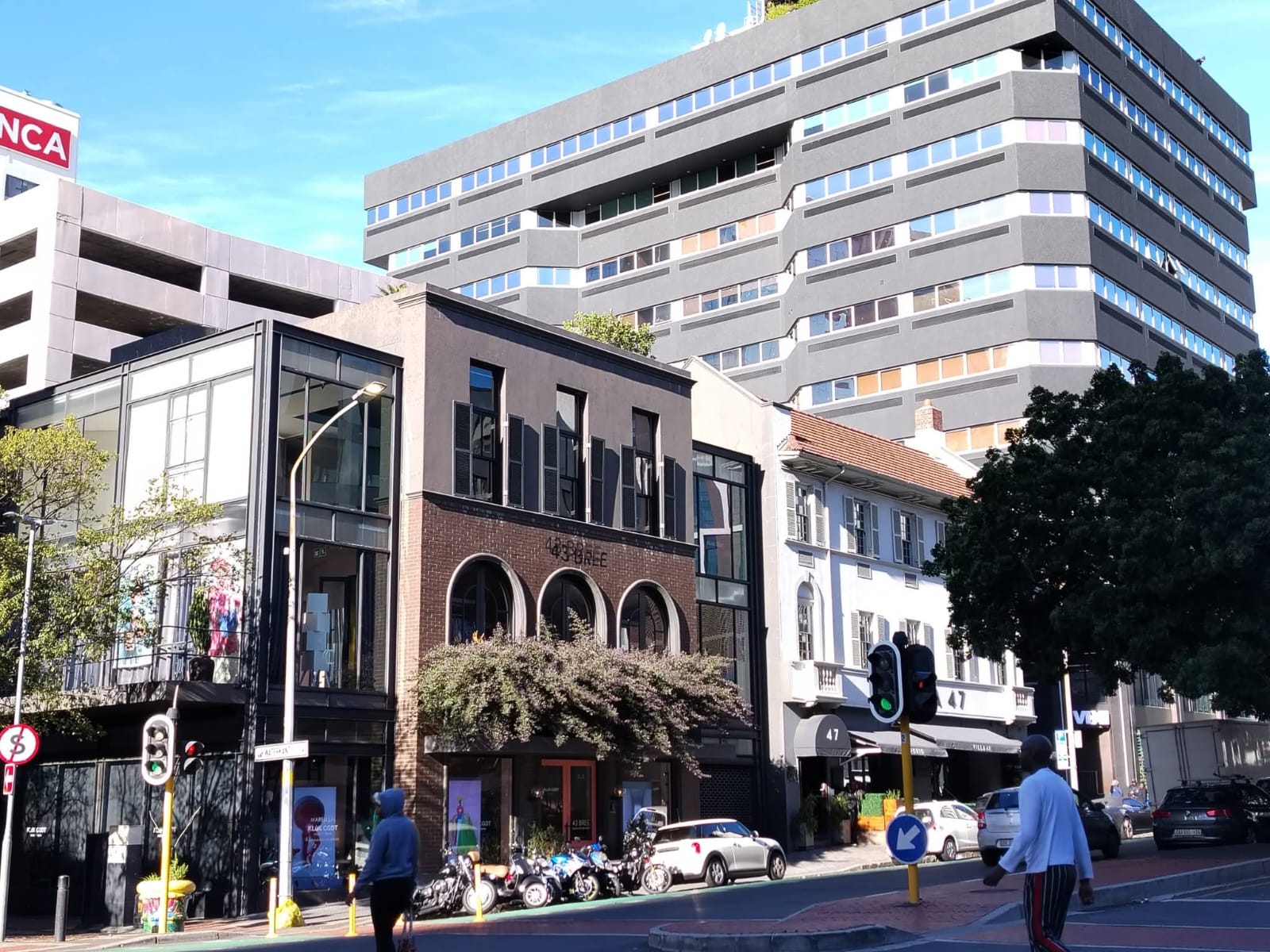
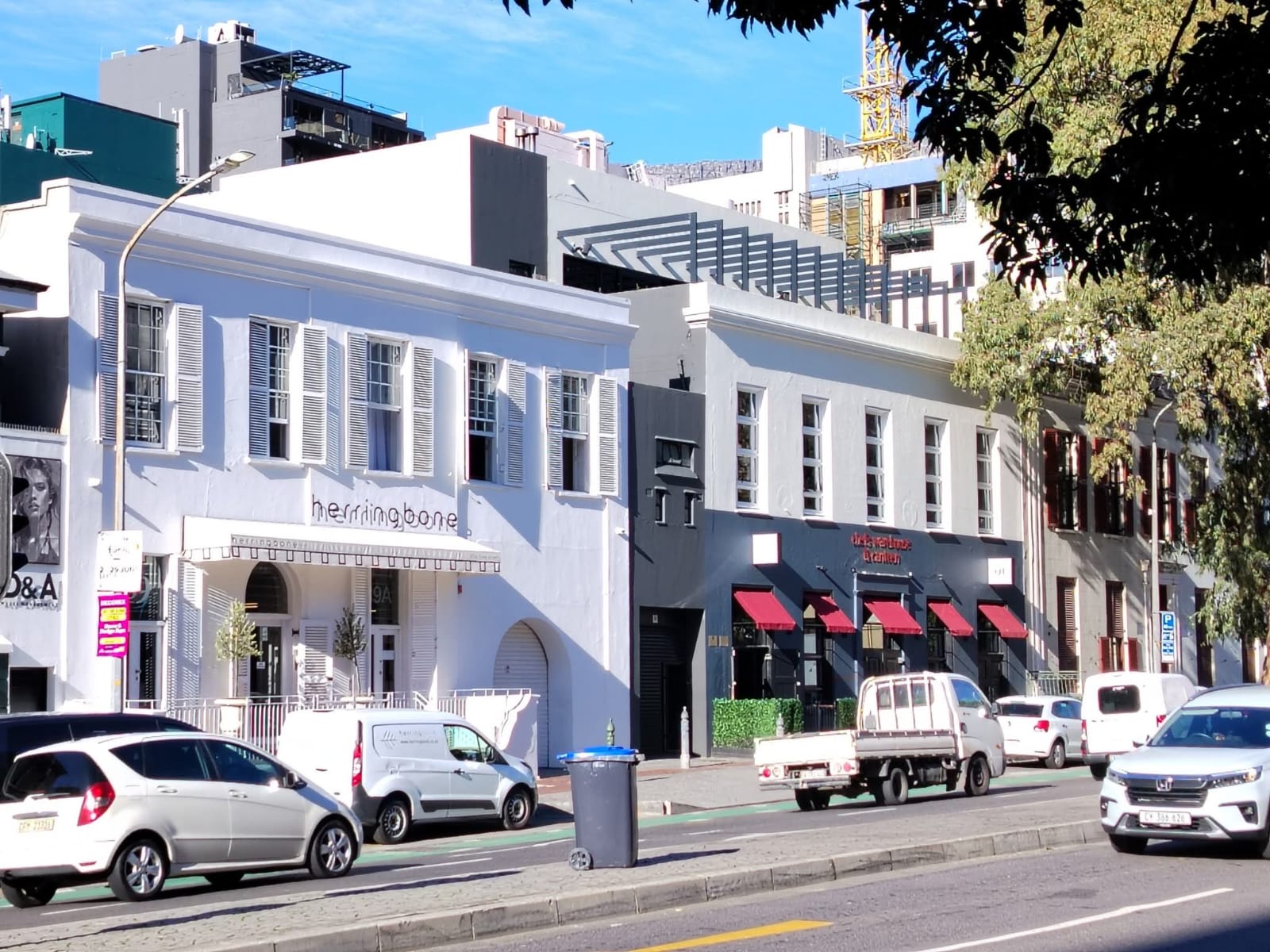
Greetings Gerald Garner
My name is Nathan Arthur and I am an independent registered City guide specializing in walks to the colorful Bo kaap and historic city center. I have a constant and continues flow of international travelers who are exposed to my profile and walk experiences on an international free pay walk tour platform. This platform has an exceptional establishment globally, in Europe, Asia, the Americas and now also in Africa and South Africa. As a South African an a member of a previously disadvantaged community, I am fascinated by the history and evolution of the City of Cape Town.
I would really like to come on one of your walks if you offer any as I am also focusing on creating new experiences. Is this possible?
Looking forward to your feedback response.
Kind regards
Nathan A Festus
Hi Nathan, I would love to meet you. Please be in touch on email gerald@localplaces.co.za or WhatsApp 082 894 5216. Regards, Gerald.